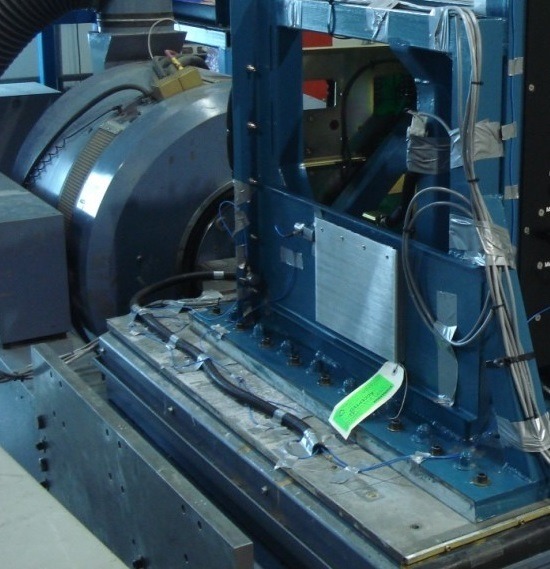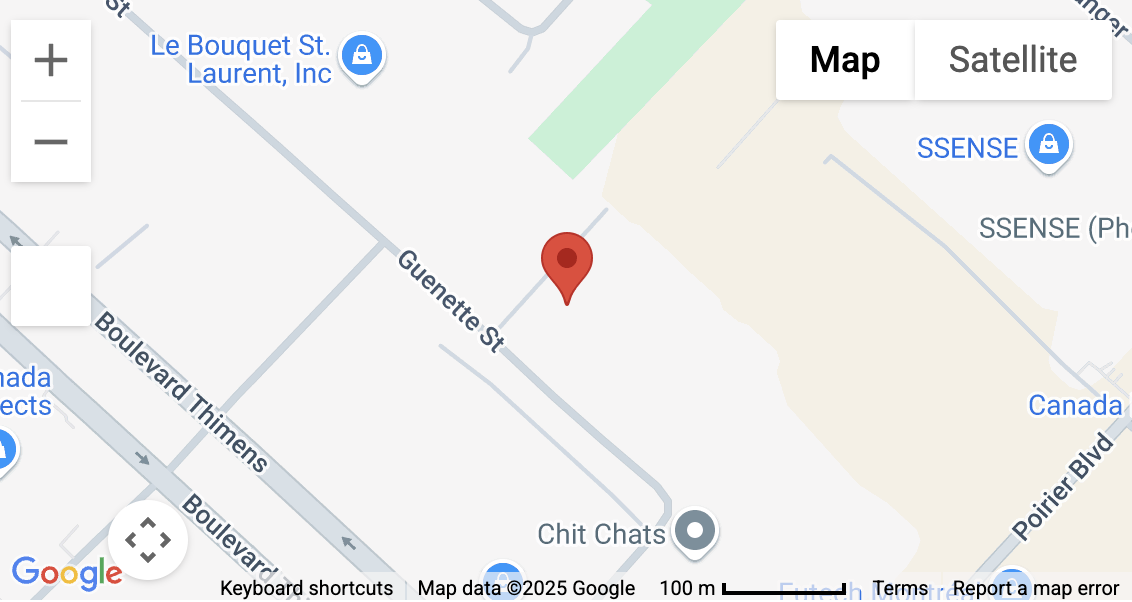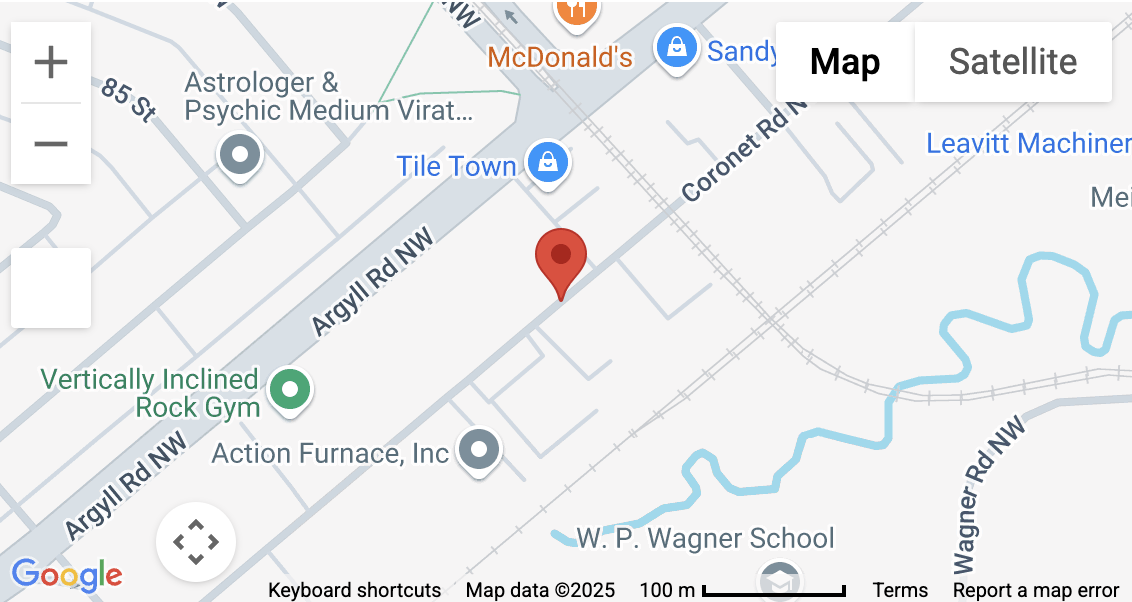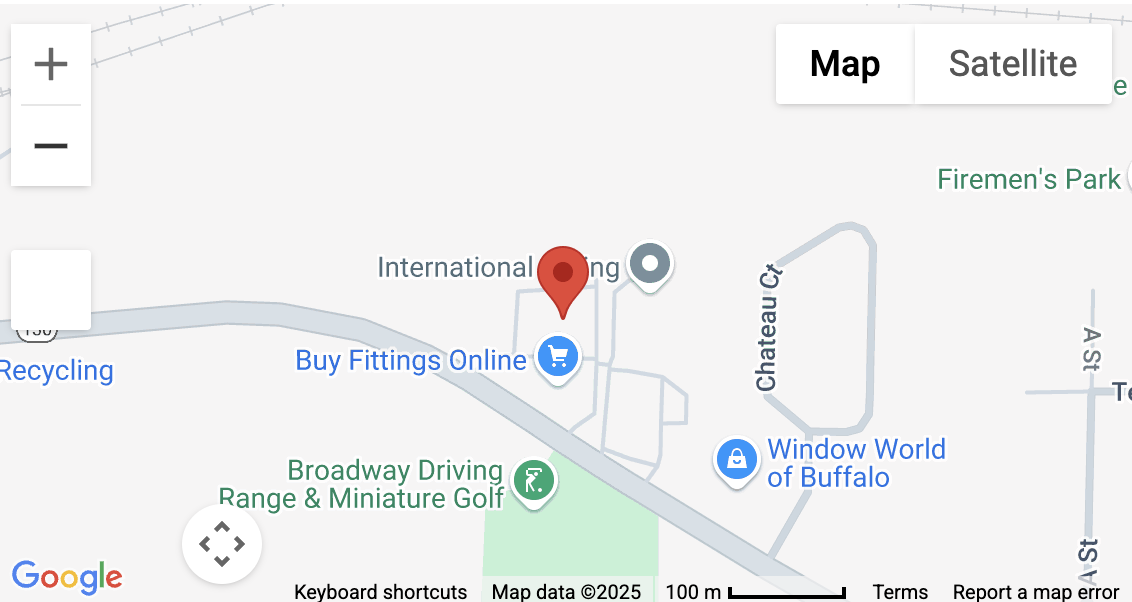How To Prepare For Mechanical Shock Testing
Mechanical shock and vibration testing is an important test for manufacturers in the electronics industries. For reliable data on how a product will function during use, its durability and point of failure, it is important to engage the service of a testing lab whose expertise, equipment, and testing procedures best suits your testing specifications and requirements.

As a design engineer, below are few points to put into consideration when evaluating or comparing potential mechanical shock and vibration testing laboratories.
Firstly, You should provide with all necessary information about your product, the testing laboratory needs to understand all the necessary details about the device under test (DUT) with regards to the number of samples that would be tested, DUT weight, dimensional size and any unique composition of the product (i.e. construction, material composition and).
It’s vital that you also take into consideration the environment where in the product will ultimately be used.
Detailing the anticipated forms of stresses will also help the testing lab to identify the types of mechanical shock vibration testing profiles to use in simulating real-life scenario and extremes.
Often overlooked but essential is the necessity to use qualified test fixtures which would be used to secure the DUT to the shakers during testing.
If you don’t have a qualified fixture, ensure that the testing facility has the capacity to design, build and fabricate resonance free fixture as the reliability of your data depends on it.
Also, depending on your production timeline, the time taken to respond to your request for quotation (RFQ), prepare for the test and to conduct the actual testing process varies.
These variables may include, the standards specification which the DUT is being tested for, the number of samples being tested (either in sequence or simultaneously), and the number of setups required. If the testing lab operates a large facility, the wait time may be reduced.
You should also consider saving the wait time by booking an appointment for a face-to-face meeting to discuss your testing needs and parameters. While it makes more logical sense to send a document detailing your requirements to the testing lab, having a sit-down meeting will certainly save both time and cost.
Another point to consider is the test specification, depending on your industry and your prototype’s application, there are a multitude of commercial, automotive, medical, and military mechanical shock and vibration standards as well as a wide range of customer-defined test specifications which your testing provider can implement.
The typical vibration and mechanical shock testing capabilities include random, sinusoidal, mixed mode, transportation, packaging, and gunfire.
Inquire about the facility’s vibration testing capabilities including force output, axes, displacement, velocity, acceleration (sinusoidal and random), and frequency range to be certain that they can generate the simulation which will generate the most relevant results that fits your needs.
Although certain laboratories, including Paragon Systems Testing, can induce mechanical shocks up to 100Gs and random vibration up to 45Gs, the equipment itself may have some limitations, such as the maximum weight of the item to be tested.
Further, based on the vibration testing lab’s abilities, additional parameters can possibly be applied alongside with the mechanical shock vibration testing specifications.
An ideal equipped mechanical shock testing lab would have the capacity to add extreme temperatures (either gradually or rapidly to simulate thermal shock), force, humidity, corrosion, and salt spray conditions to the testing process as required from the test specifications.
How do you want the report? You should be specific about the types of data you intend the mechanical shock vibration test to generate. Most product testing are designed to reveal the durability of the DUT(s), the maximum stress levels that it can bear until failure, temperature limitations, anticipated life cycle, and the ability of the DUT to function after-testing.
At the completion of the test, the testing laboratory should provide a certificate of testing, log of the testing performed, documented issues (along with details called out in specification), list of the equipment used, and the equipment’s calibration dates.
You must also put into consideration the location of the test lab. Due to time and expense involved with travel, the geographic proximity of the testing laboratory to your facility ought to be considered.
Most samples are delivered by the design engineer, who witnesses the testing procedures and reports additional details during the testing process. A reputable testing lab shouldn’t have issues with your presence, or with your desire to use your own equipment to monitor while it is being exposed to vibration or shock.
Finally, to verify the accuracy of the work the testing laboratory will perform, make enquiries in respect to their years of experience, their equipment calibration records, and their maintenance policies.
Furthermore, find out if they are an A2LA Accredited Test Laboratory. This nonprofit, non-governmental membership society provides laboratory accreditation in accordance to internationally accepted criteria (ISO/IEC 17025:2005) to determine a lab’s technical competence.
Using an A2LA Accredited laboratory assures that the testing, calibration, and measurement data you will receive would be both accurate and reliable.




